Camera That Can See Through Objects ?
A camera that can see through objects is typically referred to as an "X-ray camera" or "through-wall imaging camera." These cameras use various technologies such as X-rays, millimeter waves, or terahertz waves to penetrate objects and capture images of what is behind them. They are commonly used in fields like security, medicine, and industrial inspection. X-ray cameras, for example, emit X-rays that can pass through certain materials, and the resulting image is captured by a detector. This technology allows for the visualization of objects or structures that are not visible to the naked eye. Through-wall imaging cameras are often used by law enforcement or military personnel to detect hidden objects or individuals behind walls or other barriers. However, it is important to note that the use of such cameras may be subject to legal and ethical considerations, and privacy concerns should be taken into account.
1、 X-ray imaging technology for seeing through objects
X-ray imaging technology is a powerful tool that allows us to see through objects and obtain detailed images of the internal structures. It has been widely used in various fields such as medicine, security, and industrial inspection. X-ray imaging works by emitting high-energy X-ray photons that pass through the object and are detected on the other side. The detected X-rays are then converted into an image that reveals the internal composition of the object.
However, it is important to note that X-ray imaging is not a camera in the traditional sense. It does not capture visible light but rather uses X-rays, which have much higher energy and shorter wavelengths. This enables X-rays to penetrate through materials that are opaque to visible light, such as human tissue or dense objects.
In recent years, there have been advancements in X-ray imaging technology that have improved its capabilities. For example, researchers have developed new algorithms and image processing techniques that enhance the quality and resolution of X-ray images. Additionally, there have been advancements in hardware, such as the development of compact and portable X-ray systems, making it more accessible in various applications.
While X-ray imaging technology is highly effective in seeing through objects, it is important to consider the ethical and privacy implications associated with its use. Striking a balance between the benefits and potential risks is crucial to ensure its responsible and appropriate application.
In conclusion, X-ray imaging technology allows us to see through objects by using high-energy X-rays. It has proven to be a valuable tool in various fields, and recent advancements have further improved its capabilities. However, it is essential to approach its use with caution and consider the ethical implications associated with its application.
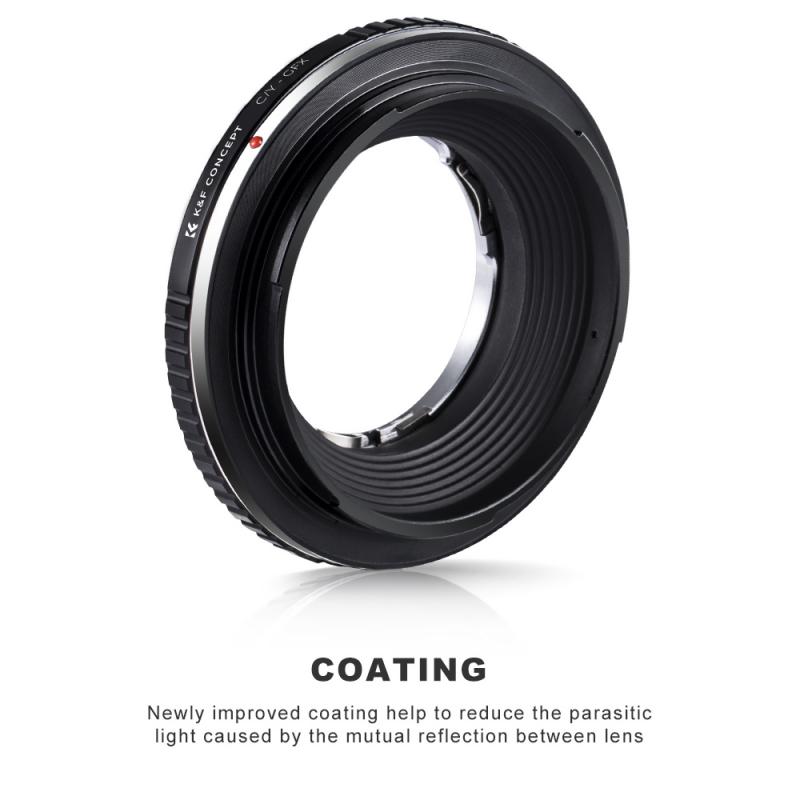
2、 Terahertz imaging for non-invasive object visualization
Terahertz imaging for non-invasive object visualization is a cutting-edge technology that has the potential to revolutionize various fields such as security, medicine, and materials science. This technology utilizes terahertz waves, which are electromagnetic waves with frequencies between microwave and infrared, to create detailed images of objects.
One of the most exciting applications of terahertz imaging is its ability to act as a "camera that can see through objects." Unlike other imaging techniques such as X-rays or ultrasound, terahertz waves are non-ionizing and non-destructive, making them safe for both the operator and the object being imaged. This means that terahertz imaging can be used to visualize objects without causing any harm or damage.
Terahertz waves have unique properties that allow them to penetrate through a wide range of materials, including clothing, paper, plastics, and even some metals. This makes terahertz imaging particularly useful in security applications, where it can be used to detect concealed weapons or contraband without the need for physical pat-downs or invasive searches.
In the field of medicine, terahertz imaging holds great promise for non-invasive diagnostics. It can be used to visualize internal structures of the human body, such as tumors or abnormalities, without the need for invasive procedures or harmful radiation. This could potentially revolutionize medical imaging, providing doctors with a safe and efficient tool for early detection and diagnosis.
Furthermore, terahertz imaging has the potential to advance materials science by allowing researchers to study the internal structure and composition of materials. This can aid in the development of new materials with improved properties, as well as in quality control and defect detection in manufacturing processes.
In conclusion, terahertz imaging for non-invasive object visualization offers a remarkable capability to see through objects. Its non-ionizing and non-destructive nature, coupled with its ability to penetrate a wide range of materials, makes it a promising technology for various applications. As research and development in this field continue to progress, we can expect even more exciting advancements and applications in the future.
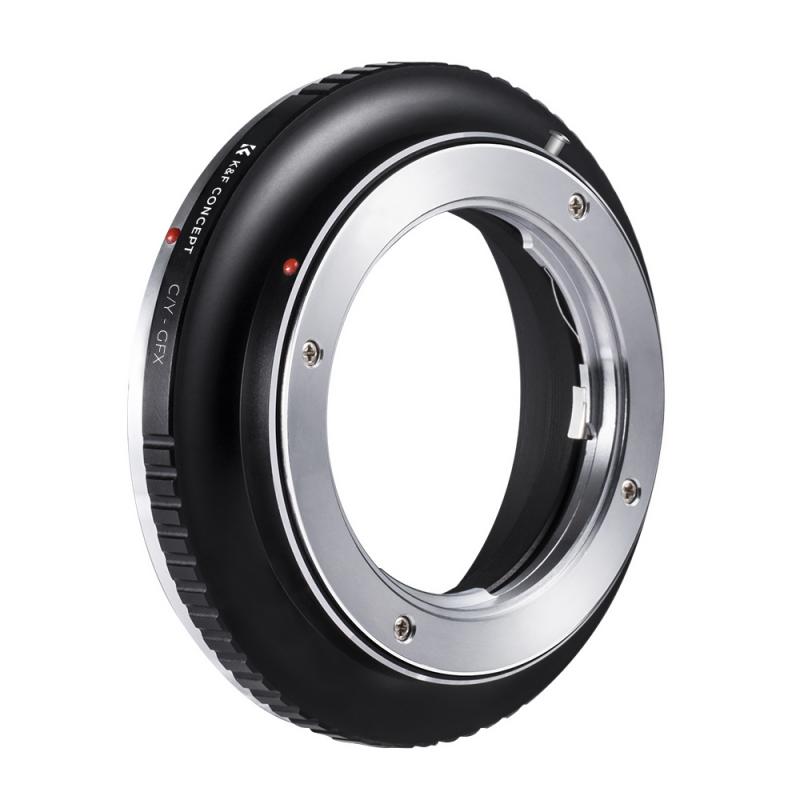
3、 Infrared cameras for thermal imaging and object detection
Infrared cameras for thermal imaging and object detection are advanced imaging devices that can provide a level of visibility beyond what is possible with traditional cameras. These cameras utilize infrared radiation to capture images, allowing them to see through certain objects and detect heat signatures.
One of the primary applications of infrared cameras is in the field of thermal imaging. By detecting and measuring the infrared radiation emitted by objects, these cameras can create images that represent the temperature distribution of a scene. This technology is particularly useful in various industries such as building inspections, electrical maintenance, and even medical diagnostics. Infrared cameras can identify areas of heat loss, electrical faults, or even detect hidden moisture within walls.
Moreover, infrared cameras can also be used for object detection. By detecting the differences in temperature between objects and their surroundings, these cameras can identify and track objects that may be hidden from the naked eye. This capability has proven valuable in security and surveillance applications, where infrared cameras can detect intruders in low-light or obscured environments.
It is important to note that while infrared cameras can see through certain objects, their ability to do so is limited. Transparent materials such as glass or plastic are generally not penetrable by infrared radiation, making it difficult for these cameras to see through them. Additionally, the effectiveness of infrared cameras can be influenced by factors such as distance, atmospheric conditions, and the emissivity of the objects being observed.
In recent years, there have been advancements in infrared camera technology, leading to improved image quality, higher resolutions, and enhanced sensitivity. These advancements have expanded the range of applications for infrared cameras, making them even more valuable in various industries. Additionally, the integration of artificial intelligence and machine learning algorithms has further enhanced the capabilities of infrared cameras, allowing for automated object detection and analysis.
In conclusion, infrared cameras for thermal imaging and object detection offer a unique perspective by utilizing infrared radiation to see through certain objects and detect heat signatures. While they have limitations, advancements in technology continue to improve their effectiveness and expand their applications.

4、 Ultrasonic imaging for penetrating and visualizing objects
Ultrasonic imaging is a technology that has the potential to penetrate and visualize objects, making it comparable to a camera that can see through objects. This technique utilizes high-frequency sound waves that are emitted and received by a transducer. As the sound waves travel through an object, they bounce off its internal structures and return to the transducer, creating a detailed image of the object's interior.
Ultrasonic imaging has been widely used in various fields such as medicine, industrial testing, and non-destructive evaluation. In medicine, it allows doctors to visualize internal organs, detect abnormalities, and guide minimally invasive procedures. In industrial testing, it helps identify defects in materials and structures, ensuring their integrity and safety. Moreover, it plays a crucial role in non-destructive evaluation by providing a non-invasive method to inspect objects without causing damage.
The latest advancements in ultrasonic imaging have further enhanced its capabilities. Researchers are continuously working on improving image resolution, depth penetration, and real-time imaging. For instance, the development of advanced transducer technologies, such as phased array transducers, allows for better focusing of sound waves and improved image quality. Additionally, the integration of artificial intelligence and machine learning algorithms has enabled automated image analysis and interpretation, enhancing the efficiency and accuracy of ultrasonic imaging.
While ultrasonic imaging is a powerful tool for visualizing objects, it does have limitations. It is most effective for objects with homogeneous and solid structures, as sound waves may be absorbed or scattered by complex or fluid-filled structures. Additionally, the resolution and depth penetration may decrease with increasing object thickness or density.
In conclusion, ultrasonic imaging is a technology that can be likened to a camera that can see through objects. Its ability to penetrate and visualize objects has revolutionized various industries. With ongoing advancements, ultrasonic imaging continues to evolve, offering improved image quality and analysis capabilities.
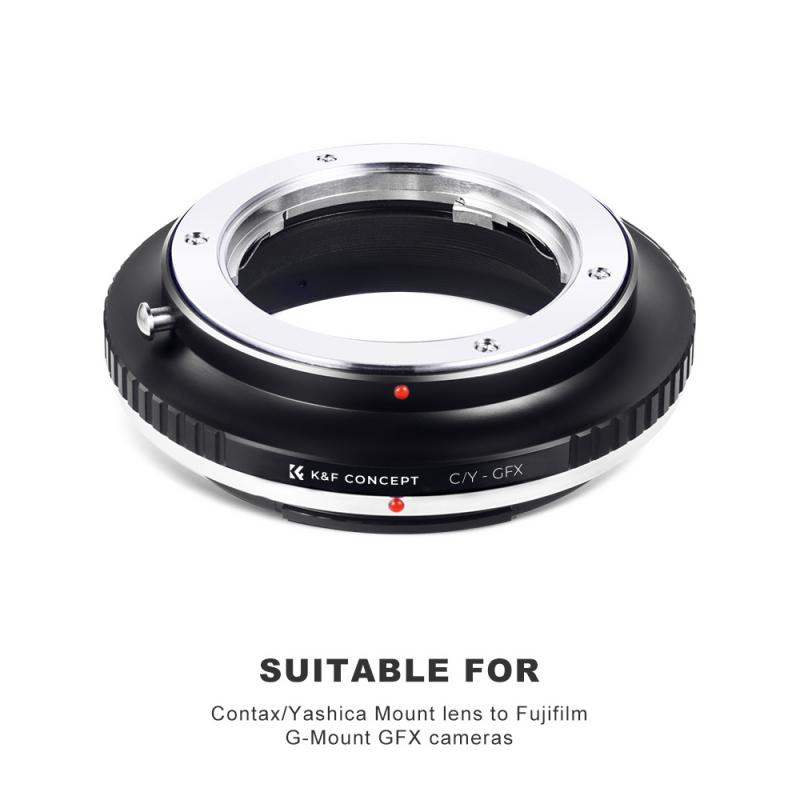



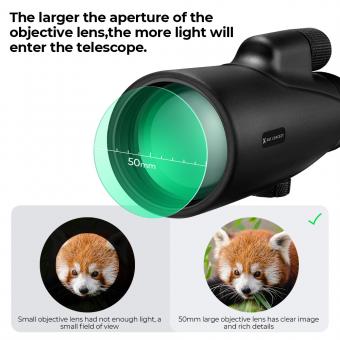



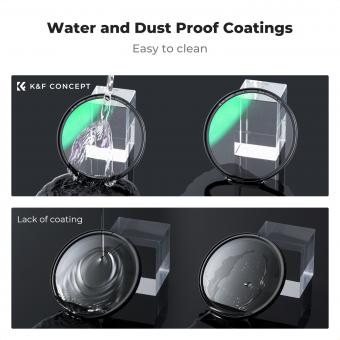
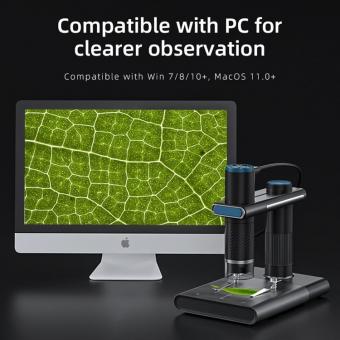




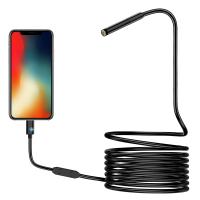
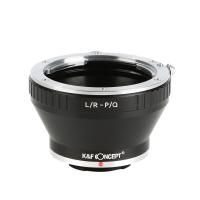

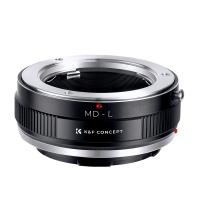



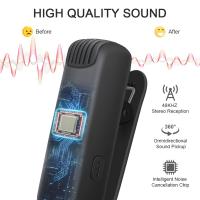

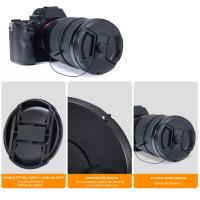
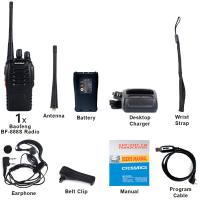


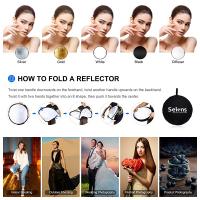
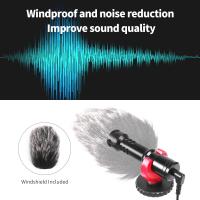
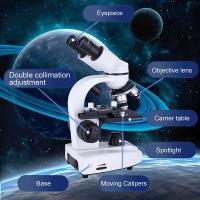
There are no comments for this blog.